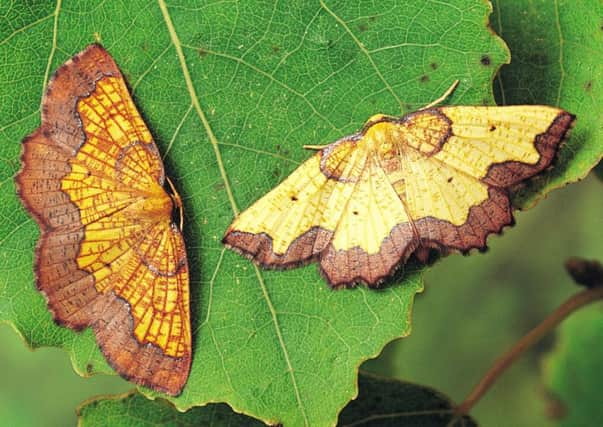Major decline in Scotland’s moth population over 25 years


A new report from Scottish Natural Heritage (SNH) shows numbers of some of the country’s best known species have crashed to almost half their previous levels.
Experts say warmer, wetter winters caused by the planet heating up is negatively impacting some moths, while others are suffering as a result of detrimental land management and habitat changes due to human activities.
Advertisement
Hide AdAdvertisement
Hide AdThe worst declines are being seen in moorland species, while woodland species are doing best.
But the picture is not all bad, according to the research.
Although overall abundance has fallen, many moth species are now colonising new areas where they had not previously been found.
The study, the first of its kind, shows overall distribution of the insects across Scotland has increased by about 16 per cent.
Simon Foster, SNH trends and indicators analyst, said: “The evidence is that some populations have undergone large declines or range changes, with clear signals that climate change and loss of habitat are driving the overall population decline.”